Many factors may help you decide the best place to plant your garden. The location as it relates to your house and other zones of your property may be one, water and accessibility another, and sun hours and angle are pretty important, too.
There might not be a single “best” spot to start a permaculture garden on your property, and much of it is a matter of personal preference and lifestyle.
Let’s dig in!
The Permaculture Zoning Method
Use the idea of permaculture zones to determine where to start your garden.
- Zone 1 includes your house and main buildings; this is where you’d often have a herb garden or other plants you like to keep close to the kitchen.
- Zone 2 is often referred to as the “Transition Zone”, and includes the area within approximately 300 meters of your home. This is where you will likely have your main garden.
- Zone 3 includes all areas up to about 1.5 kilometers (or a mile or so) away from your house. This would be good for growing long-term or permanent crops, planting root crops or potatoes, and also for managed animal husbandry.
- Zone 4 is the 2km zone, which would include areas of pastureland, woodlots, ponds, forestry, etc. This zone would also include your wild and weedy areas, hunting zones for wildlife, and water retention areas such as swales and ponds; basically, this is the zone of natural resources.
- Zone 5 includes everything beyond the 2km or 1-mile area from your house. You could let native vegetation grow here (unmanaged), get your firewood there, or possibly use this tract of land for some distant building project.
Choosing the location of your garden based on Sun hours & angle
The amount of sunlight that falls on a spot is very important in gardening.
Much thought should go into where to locate your garden and how much sun it will get. Sun hours and the angle to your garden must also be considered.
If you are trying to grow more leafy crops (like spinach, lettuce and kale), then it’s best to have some shade.
If you want to grow fruiting vegetables and tall crops (corn, squash, pumpkins, tomatoes, cucumbers, etc), then you will need more sun hours and a higher angle.
If your garden is located in the shade, you can grow shade plants like nettles; however, you will need to think about how you are going to grow your leafy greens. Many people plant them in pots that they then move into the sun during the day, or grow them in containers or raised beds so that the leaves can receive the necessary sunlight.
If your garden is too shaded, it might be possible to move structures around it to allow enough sunlight, or you could build a shed for this purpose.
Also, consider the change of angle throughout the seasons. The sun will move higher in the sky throughout the summer months and may beam on your garden from early morning until it goes down. This means that you might need to invest in some shade cloth to keep your crops cool.
The Importance of Water & Accessibility when You Start a Permaculture Garden
How accessible is your garden? Make sure it’s located in a place that makes sense to use for gardening, or you could turn it into something useful with little investment. For example, if your garden is located next to a lake or stream, then you will likely have access to water by installing something like a drip line or garden hose.
You could harvest rainwater to irrigate your garden; if you live in an arid area, then this is a must and you should design it into your garden from the beginning.
If you need to carry water to your garden via a wheelbarrow or bucket, consider how far away this source of water is and how much work it will be. If the water source is far away, make sure that all of the effort is worth doing.
However, make sure that your garden isn’t located in high-traffic areas where people might trample your vegetation; see if you can move it to a less-used section of the yard.
Taking the Microclimate into account when picking a location for your garden
In permaculture, we try to work with the environment around us and use microclimates when designing a system.
A microclimate is a local atmospheric zone where conditions differ from the surrounding region with regard to topography, aspect, and vegetation. For instance, your property might have a north-facing hillside where nothing grows due to cold winds and fast rainwater runoff; better to start your garden where the microclimate is more favorable..
Having your own garden is wonderful in so many ways, but there are many things to consider before you get started.
Do you have any additional tips to share? Please comment below!

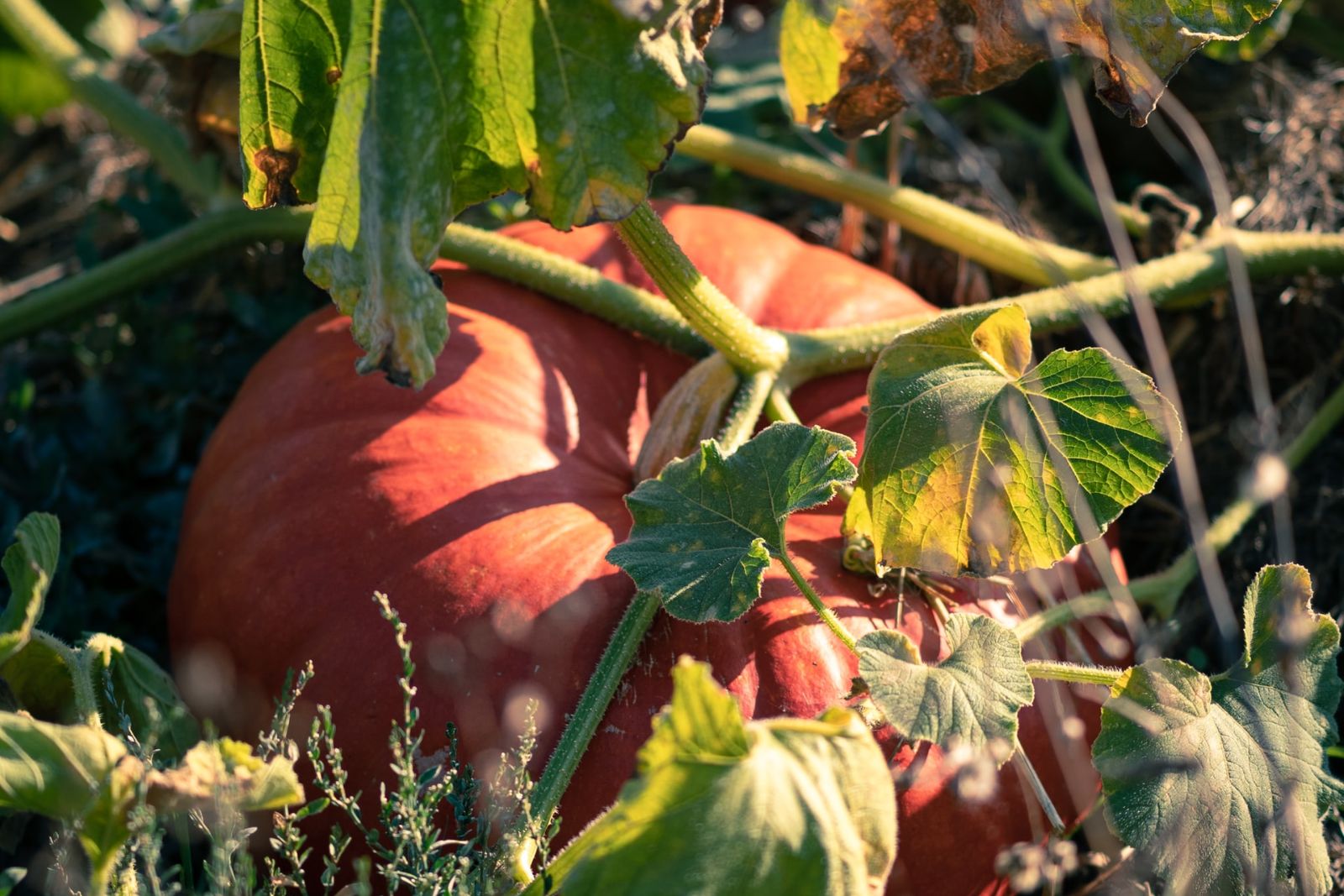

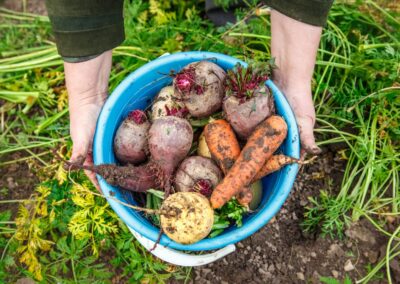
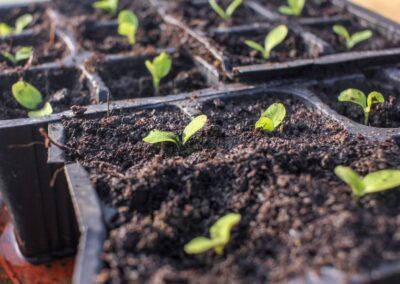
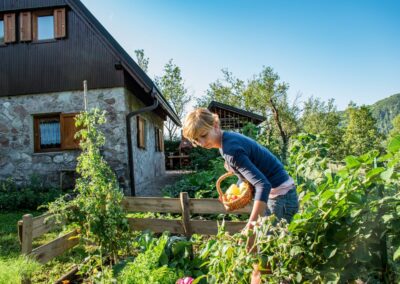
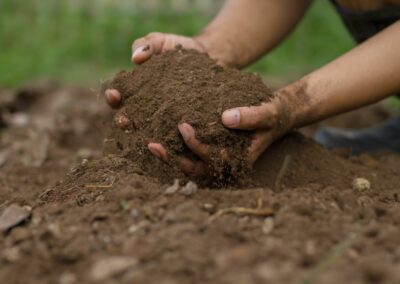
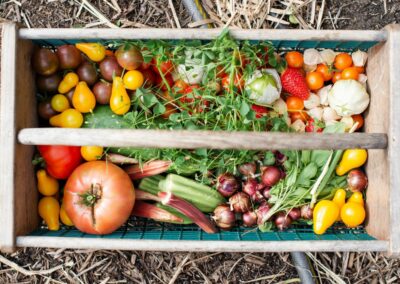
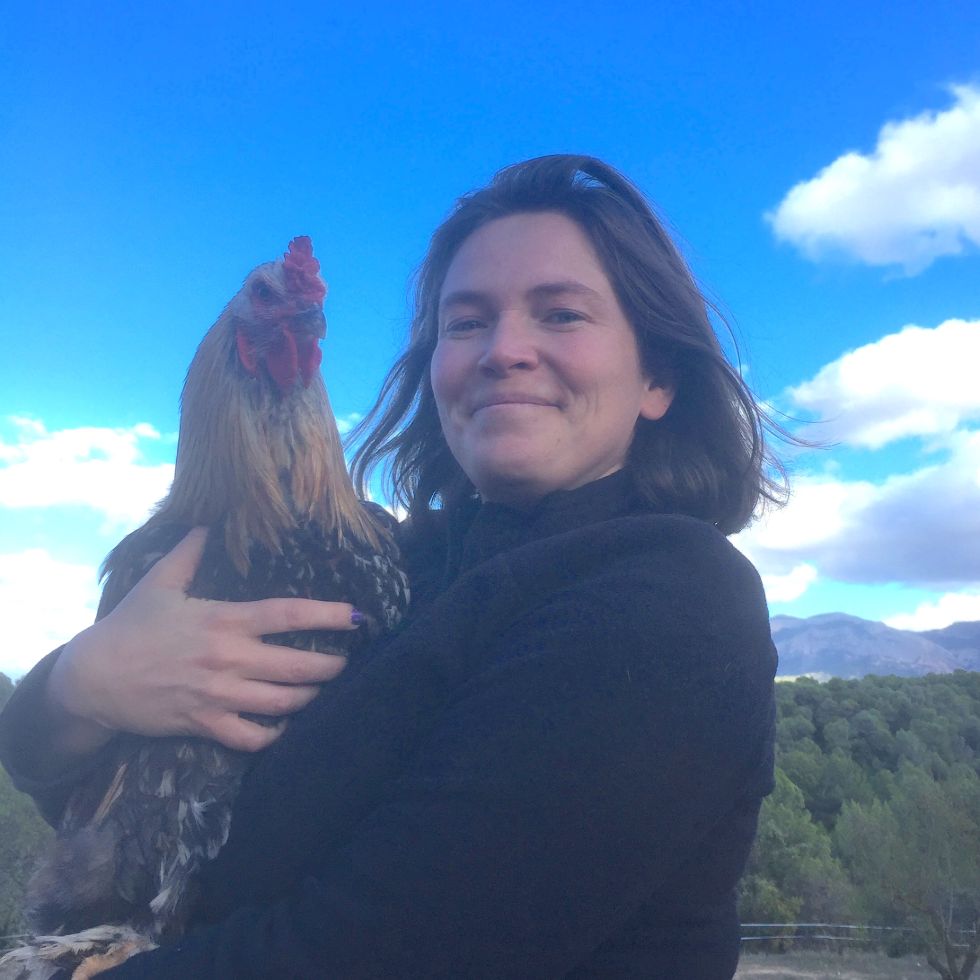
0 Comments